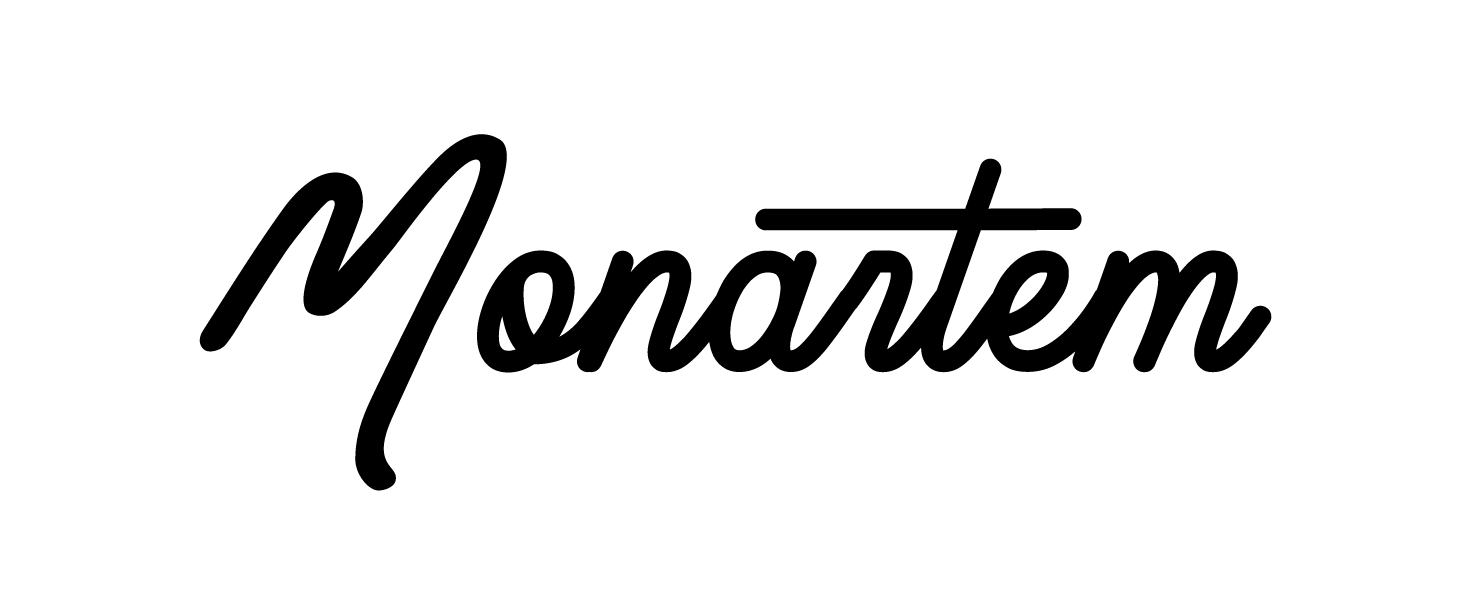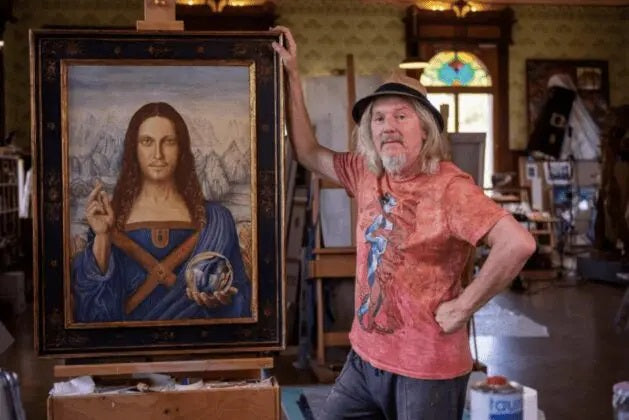In this post, I will tell you how Wolfgang accomplished one of the biggest, most lucrative scams in the art world's history. Before getting to all the juicy stuff, I will begin by telling you how he grew up so we can understand what happens later on. Beltracchi was born in1951 in Höxter, Germany. At that time Germany was being completely rebuilt after the second world war, his mother was a private tutor and his father was an art restorer, restoring church paintings of the region and a church muralist. Therefore, at a young age, Wolfgang learned how to draw and paint. He said everyone in the family except for his big brother would paint. So for them, "it was like brushing your teeth, every day we were drawing and painting."
Living in Germany in that period of time was hard, so to make more money he began painting copies of works by the great masters such as Rembrandt, Cezanne, Picasso, etc, which later on he would sell in the market. In 1965 his father gave him a postcard of a work by Picasso and asked him to copy that work of art, at that time Wolfgang was fourteen years old and he started painting what would be his first copy, needless to say, he mastered the challenge. In the late 1960s, early 1970s the hippie movement began in Germany and Wolfgang soon began to follow this free spirit movement. Therefore, he started living a nomadic, drug-filled, bohemian life across Europe. In 1978 three of his paintings were exhibited in a museum called House der Kunst in Munich, these were surrealist paintings worked in a photorealistic style made with acrylics on canvas, he sold one of the paintings for eleven thousand marks, and the other two for five thousand each. Moreover, one gallery offered him a contract but he didn't want to do all the hard work artists do, he refused it to keep living a bohemian lifestyle.
Wolfgang wanted to have money without doing the hard work so here is when he came up with the brilliant idea of forging art instead of making his own art because let's face it to make original artwork is way harder than to paint something that you already know there is a market for. In the early 1980s, he started forging artwork, but let me tell you he was very clever about it. He didn't forge very famous paintings because that would have caught someone's attention very quickly. Instead of choosing an "A grade artists" he chose "B grade artists" which were still important but not as famous. Thomas Seydoux worked at Christie's one of the world's biggest art auction houses he was in charge of modern and impressionist art collections so of course, he ended up buying some of Wolfgang forged artworks.
The way he decided to forge the paintings was to, first of all, choose artistic movements who would sell well. Thinking from a commercial point of view he chose the next movements: fauvism, surrealism, German and Austrian art. Second of all, he started checking the catalogue raisonné, which is the list of all the known paintings of an artist, it tells you the size, medium and has a picture of the artwork next to the description. And in these catalogues there would be certain paintings that had disappeared and never been photographed but the catalogue would show the title, size, medium, a simple description and instead of showing the picture of the artwork there would be a blank square instead. Wolfgang decided to recreate these lost paintings, by using the same size canvas and title that was shown in the catalogue. And if that wasn't enough, he also researched the artist he was imitating in order to try and "get in their shoes" to do so he would listen to the music they would have listened to, he was finding out what were their everyday habits, what the artist was doing in that period of time, who he was being friends with, going to places the artist would have gone. All of this was to really get into the mind of the painter he was trying to forge.
In 1985 after forging many paintings he needed to find a way to get them into the art world, and that is when Wolfgang's friend Otto Schulte - Kellinghaus enters the picture. They met in a café where Otto came up with the idea of the Knop collection. He turned his grandfather, Knops from Krefeld, who had been a master tailor into an art collector. This way they were able to explain where the paintings were coming from. Now how did this perfectly planned out strategy fail? well, in 2006 the painting that would rat him out was a painting called " Red Picture with Horses" who was supposedly painted by Heinrich Campendock. There was no image or information about where the painting should have been. In November 2006 Tratesco, a Maltese company bought the painting for 2.8 MILLION euros, it was the highest painting paid in an auction in Germany. However, the new owners wanted a scientific analysis of the painting, after paying that amount I would ask for one too. In 2008 the results came back, there were traces of titanium white in the canvas making this painting a FAKE, for the simple fact that back in the days Campendonk couldn't have used titanium white as it didn't exist at that time. Later on, Wolfgang accepted that he ran out of zinc and used this other Dutch brand which unfortunately didn't say it contained a small amount of titanium white.
In 2010 Tratesco's attorney filed a lawsuit against Wolfgang and his wife. The verdict came back, the judge sentenced Wolfgang to six years in jail, his wife Helene got a four-year term, her sister, Jeanette was given a suspended 21 month sentenced and Wolfgang's friend Otto was given a five-year sentence in jail. Moreover, they reached a deal of shorter time in exchange for full confessions.
Sources
The greatest art scam in history
Confessions of an art forger
The biggest trial in the arts

